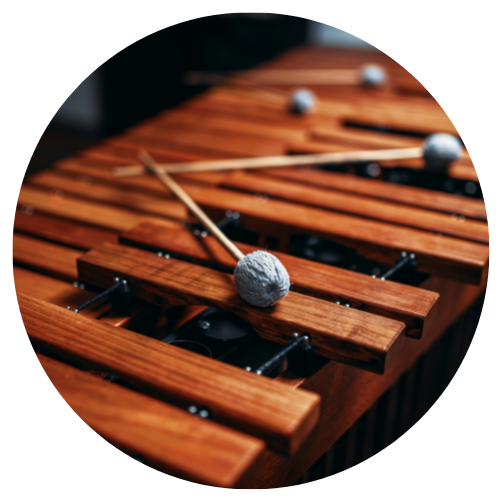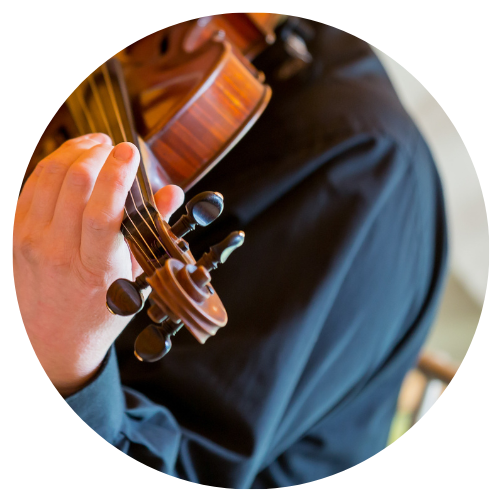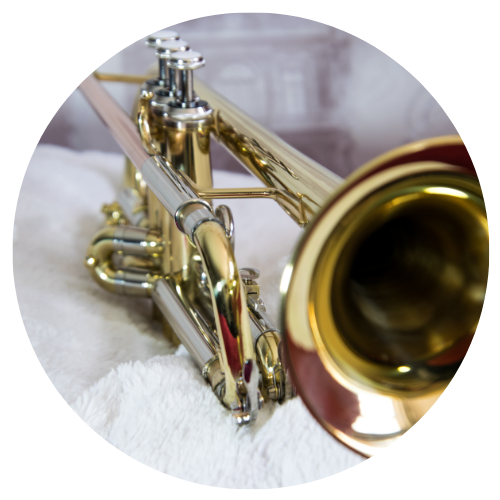Is Piano a Percussion or a String Instrument?

Is piano a percussion or a string instrument? In this blog, you’ll find the answer to this age-old question.
Humans have an insatiable need to categorize things – it helps us stay organized and make sense of what’s in front of us.
The piano is a sophisticated apparatus that has evolved over the centuries, and innovations aren’t stopping anytime soon. The instrument may have fallen into a different category depending on its stage of development. However, given the complexity of the modern acoustic piano, it contains elements from several types of instruments in its design.
So how do we classify the piano? Is it a percussion or a string instrument? Let’s dive in.
The different types of instruments.
There are so many instruments in existence today. Each is beautiful and unique. Keeping track of them can be confusing. That’s where categorizing them can come in handy.
We divide orchestral instruments into woodwind, percussion, string, and brass.

Woodwind
- Oboe
- English Horn
- Clarinet
- E-flat Clarinet
- Bass Clarinet
- Flute
- Piccolo
- Saxophone
- Bassoon
Woodwind instruments used to be entirely wood; hence their name. Manufacturers build modern woodwind instruments with a combination of wood, metal, and plastic.
You can recognize a woodwind instrument by the cylindrical pipes that make up its body. They have holes along the tube, an opening at the bottom, and a mouthpiece at the top. Some of the woodwind instrument’s mouthpieces include a reed (other instruments like the bassoon and oboe use two).
A musician will blow air (or wind) into the instrument, making the reed vibrate and generating sound. You can affect the pitch of the vibrations by blocking some of the holes (known as keys) or blowing with greater or lesser intensity.

Percussion
- Timpani
- Gong
- Maracas
- Xylophone
- Triangle
- Cymbals
- Bass Drum
- Tambourine
- Celesta
- Castanets
- Chimes
- Piano
The Percussion is the largest family of instruments.
A percussion instrument generates sound when being hit, shaken, or scraped – creating an array of unique sounds that add color and texture to the orchestra and keep rhythm.
Playing an instrument of this sort is all about timing and applying the right touch. Which can be challenging–too much force and the sound overpowers the other instruments. A percussionist typically plays multiple percussion instruments in a given piece of music.

Strings
- Violin
- Viola
- Cello
- Harp
- Guitar
- Bass
String instruments generally have a hollow body made from fine wood. The strings are made either with steel, nylon, or in some cases, gut.
Another crucial piece many stringed instruments incorporate is a wooden bow made from horse tail hair. In the case of a guitar, many musicians use a guitar pick.
There are a couple of ways to create sound with stringed instruments. Musicians either pluck or draw a bow across the strings. The sounds vibrate within the hollow body of the instrument. Depending on the instrument, they create higher-pitched sounds (violin, viola) or deep rich sounds (cello, double bass).
Brass
- Trumpet
- French Horn
- Trombone
- Tuba

The brass family descended from instruments once made from wood, tusks, animal horns, or shells. However, today they’re made of – you guessed it – brass.
The loudest instrument types and most common in a given orchestra, brass instruments are essentially long pipes that music-makers mold into unique shapes and sizes. These forms produce different sounds. These molds include valves (which look like elegant buttons) and a detachable cup-shaped mouthpiece.
Like woodwind instruments, you generate sound with a brass instrument by tightening your lips and making them vibrate as you push air from your lungs into the instrument. Pressing on the valves opens and closes various parts of the pipe, which alters the pitch of the sound.
Why can a piano be considered a percussion instrument?
As mentioned earlier, a percussion instrument is distinguished by how you create sound: hitting, scraping, or shaking the instrument. With the piano, we make sound by hitting (or striking) a string.
Pianos use what we call hammer action. As a pianist applies pressure onto a key, it triggers a felt-covered hammer that strikes a string. Like a percussionist, the sounds of a piano are altered based on how much force we apply to a given key.
While we hit the strings, there’s more to piano sounds than a hammer and string.
Why can a piano be considered a string instrument?
Part of what generates the piano’s unique sound is the instrument’s body. Like a string instrument, an acoustic piano has an array of steel strings and a hollow body of fine wood in which the sound reverberates. The sound source begins with the string (like string instruments), but the vibrations wouldn’t be as pleasing to the ears without the soundboard.
Just like a violin or cello, piano strings require regular tuning.
If you want to learn the details of piano tuning, check out our blog Piano Tuning Essentials & DIY.
Our answer.
The piano is both a percussion and a string instrument.
To categorize the piano under a single type would be misleading. That’s because the fundamental qualities that give the piano its unique sound stem from both types.
Although earlier keyboards implemented a plucking mechanism, with the modern piano’s hammer action, a pianist essentially hits the string. On the other hand, if it weren’t for the strings themselves and the wooden soundboard and body of the piano, the sounds that we know and love today wouldn’t exist.
Both the percussion and string elements play an integral role in the design and sound of the piano.
The piano is a descendent of both string and percussion instruments. This unique instrument gradually emerged after years of creative toggling by inventors, instrument-makers, and musicians.
Just like pianos, how we teach piano lessons is also evolving. Today, countless fun and engaging piano apps are designed to provide a practical and effective learning experience.
And one of the best piano apps on the market is Simply Piano. Try it out today!









